
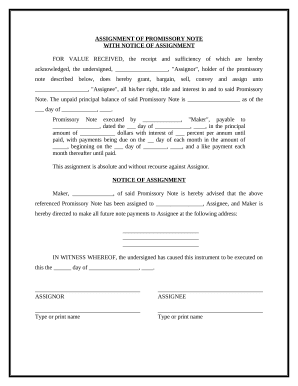
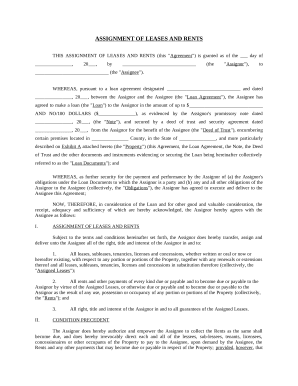
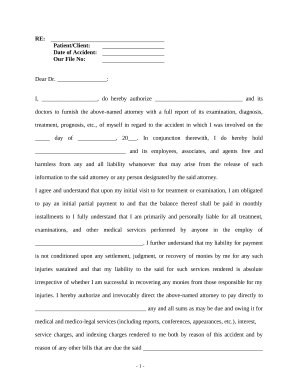
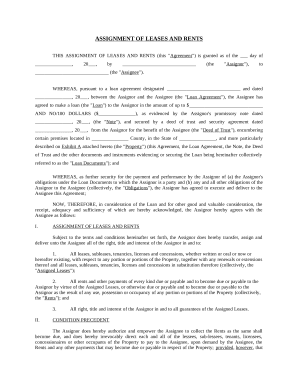
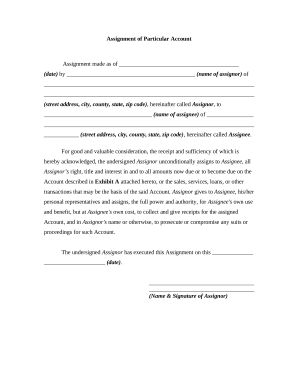
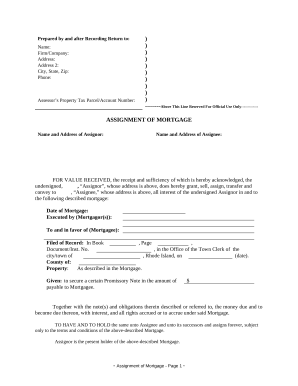

Your workflows always benefit when you can discover all of the forms and files you may need on hand. DocHub delivers a a large collection documents to relieve your everyday pains. Get a hold of Debt Assignment Forms category and easily discover your document.
Start working with Debt Assignment Forms in several clicks:
Enjoy easy record administration with DocHub. Check out our Debt Assignment Forms collection and get your form today!